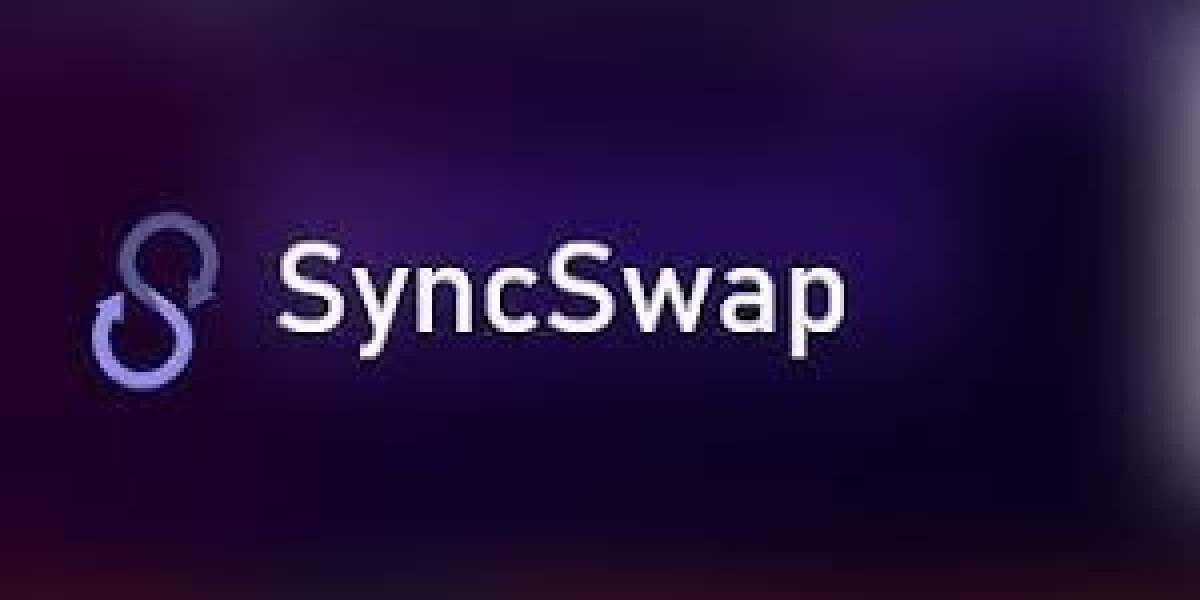Software as a Service (SaaS) has emerged as a popular model for delivering software applications over the internet. Unlike traditional software, which requires installation and maintenance on individual devices, SaaS applications are hosted on the cloud and accessed via web browsers, offering greater convenience and scalability. For businesses looking to develop a SaaS application, partnering with a reputable SaaS application development company can be a game-changer. This guide explores the key concepts and techniques involved in SaaS application development, providing beginners with a comprehensive understanding of the process.
Understanding SaaS
SaaS Overview:
- SaaS is a software distribution model where applications are hosted by a service provider and made available to customers over the internet.
- Users subscribe to the service, usually on a monthly or annual basis, rather than purchasing a license.
Benefits of SaaS:
- Accessibility: SaaS applications can be accessed from any device with an internet connection.
- Scalability: Easily scale the application to accommodate growing user bases.
- Cost-Effective: Reduces the need for extensive hardware and software infrastructure, lowering upfront costs.
- Automatic Updates: Service providers handle updates and maintenance, ensuring users always have access to the latest features.
Key Concepts in SaaS Application Development
Multi-Tenancy:
- Multi-tenancy is a core concept in SaaS, where a single instance of the application serves multiple customers (tenants).
- Each tenant's data is isolated, ensuring privacy and security, while sharing the same application resources.
- Benefits: Efficient use of resources, simplified maintenance, and lower operational costs.
Scalability:
- Scalability refers to the ability of the application to handle an increasing number of users or transactions without compromising performance.
- Techniques for achieving scalability include horizontal scaling (adding more servers) and vertical scaling (increasing resources of existing servers).
- Considerations: Ensure the architecture supports scaling, implement load balancing, and optimize database performance.
Security:
- Security is paramount in SaaS applications due to the centralized storage of sensitive data.
- Key security measures include data encryption, secure authentication, regular security audits, and compliance with relevant regulations (e.g., GDPR, HIPAA).
- Best Practices: Implement multi-factor authentication (MFA), use SSL/TLS for data transmission, and ensure robust access controls.
APIs and Integration:
- APIs (Application Programming Interfaces) enable SaaS applications to interact with other software systems, enhancing functionality and user experience.
- Common integrations include payment gateways, CRM systems, and third-party analytics tools.
- API Design: Focus on RESTful APIs for simplicity and ease of use, ensure proper versioning, and provide comprehensive documentation.
User Experience (UX):
- A well-designed UX is crucial for user adoption and satisfaction. SaaS applications should be intuitive, responsive, and user-friendly.
- Techniques: Conduct user research, create wireframes and prototypes, and perform usability testing to refine the design.
Techniques in SaaS Application Development
Agile Development:
- Agile is a popular methodology in SaaS development, emphasizing iterative progress, collaboration, and flexibility.
- Process: Break the project into small, manageable sprints, continuously gather user feedback, and adapt to changes quickly.
DevOps:
- DevOps combines development and operations practices to streamline the software delivery process, improve collaboration, and automate workflows.
- Tools: Use CI/CD (Continuous Integration/Continuous Deployment) pipelines, automated testing, and infrastructure as code (IaC) tools like Terraform.
Microservices Architecture:
- Microservices architecture breaks down the application into smaller, independent services that communicate with each other.
- Benefits: Enhances scalability, facilitates continuous deployment, and allows teams to work on different services simultaneously.
- Challenges: Requires effective service orchestration and management, often using tools like Kubernetes.
Cloud Services:
- Cloud platforms (e.g., AWS, Azure, Google Cloud) provide the infrastructure and services needed to host and scale SaaS applications.
- Advantages: Pay-as-you-go pricing, high availability, and robust security features.
- Services: Utilize cloud databases, storage solutions, and serverless computing to optimize performance and cost-efficiency.
Choosing a SaaS Application Development Company
Selecting the right SaaS application development company is crucial for the success of your project. Here are some factors to consider:
Experience and Expertise:
- Look for a company with a proven track record in SaaS development, particularly in your industry.
- Check their portfolio and case studies to evaluate their expertise.
Technical Proficiency:
- Ensure the company has proficiency in the latest technologies and frameworks used in SaaS development.
- Ask about their experience with cloud platforms, microservices, and security best practices.
Customization and Flexibility:
- The company should be able to tailor the solution to your specific needs and adapt to changes throughout the project.
- Ensure they follow an agile methodology for iterative development and continuous improvement.
Communication and Collaboration:
- Effective communication and collaboration are essential for a successful partnership.
- Choose a company that values transparency, provides regular updates, and encourages feedback.
Support and Maintenance:
- Post-launch support and maintenance are crucial for the ongoing success of your SaaS application.
- Ensure the company offers comprehensive support services, including bug fixes, updates, and performance monitoring.
Conclusion
Developing a SaaS application involves a thorough understanding of key concepts and techniques, from multi-tenancy and scalability to security and user experience. By leveraging agile development, DevOps practices, microservices architecture, and cloud services, businesses can create robust, scalable, and user-friendly SaaS applications. Partnering with a reputable SaaS application development company can help navigate the complexities of development, ensuring a successful and efficient process. With the right approach and expertise, your SaaS application can become a valuable asset, driving growth and innovation in your business.







